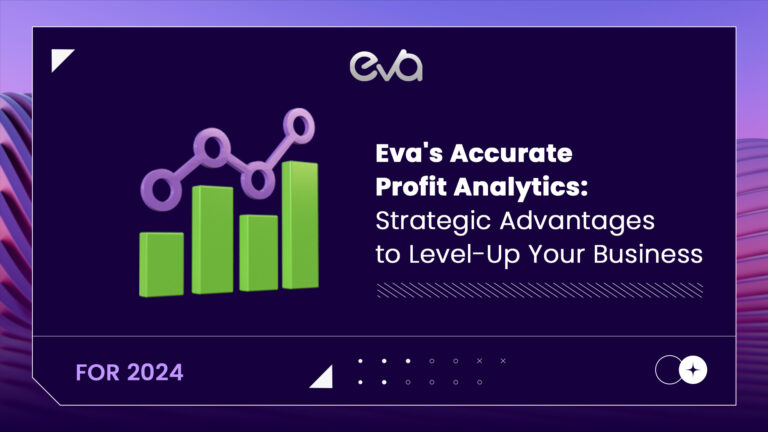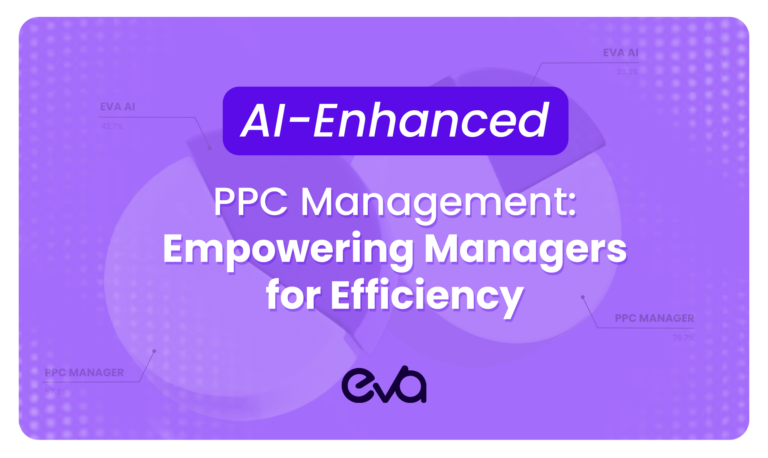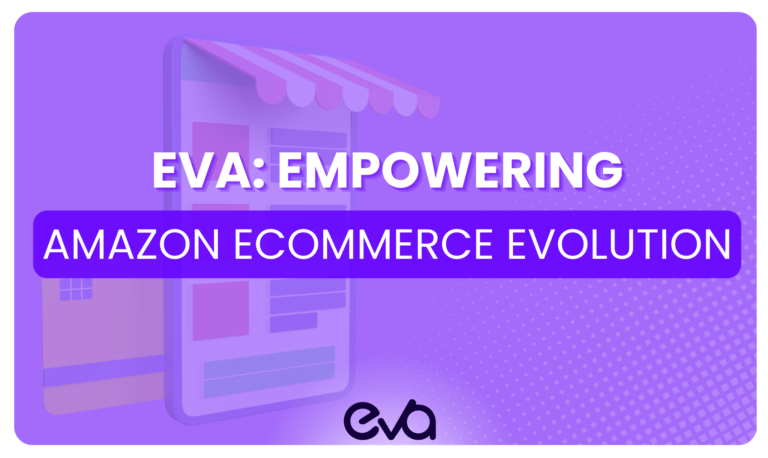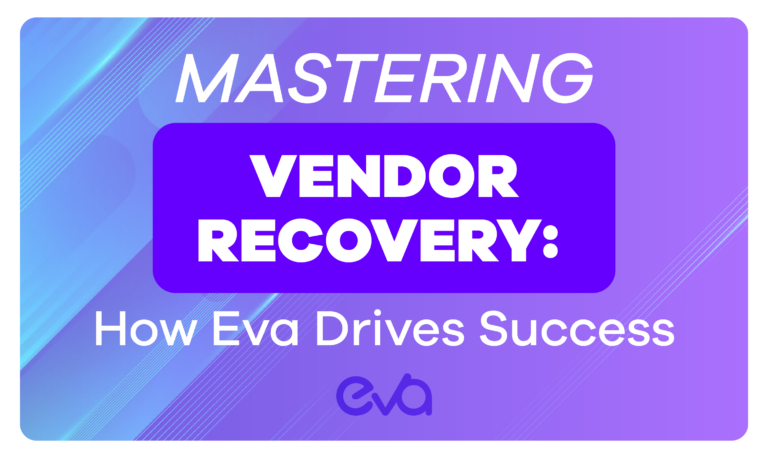Are you struggling to succeed with Amazon PPC? It might be because you’re falling for some of these common myths! This blog will dispel these myths and show you how to really succeed with Amazon ads. So forget about what you think you know, and let’s get started!
Table of Contents
- Myth #1: Amazon PPC is the most critical factor in increasing organic ranking.
- Myth #2: The No. 1 Position is the most Profitable Position.
- Myth #3: Preparation for Amazon PPC involves only exhaustive keyword research.
- Myth #4: Amazon PPC is a One-Time Process.
- Myth #5: Amazon PPC is Too Expensive.
- Myth #6: More Keywords Means More Sales
- Myth #7: Products with good organic ranking don’t need PPC Ads
- Myth #8: ACoS Defines the Profitability of an Amazon PPC Campaign.
- Myth #9: Bid Amount is Everything!
- Myth #10: I can manage Amazon PPC all by myself
- Myth #11 – Success is Instant.
- Myth #12 – You need to follow Amazon’s bidding suggestions diligently
- Conclusion
 Myth #1: Amazon PPC is the most critical factor in increasing organic ranking.
Myth #1: Amazon PPC is the most critical factor in increasing organic ranking.
Until now, this was partially true. In Amazon’s older algorithm, A9, PPC was one of the most critical factors in increasing organic rankings for related keywords. However, the updated algorithm emphasizes the relevance of the A10 product and less importance to PPC-driven sales. Yes, Amazon PPC is still relevant, but that’s how it used to be. Amazon has finally understood that not everyone buys products just because they keep looking at them. So instead of advertising mediocre products and giving them a coveted spot in the first line of search results, Amazon thinks it would be best if “Most Worthy and Relevant” should win the list.
The Reality: Amazon PPC is a very effective factor in increasing your organic ranking, but it’s not the most important one. Amazon advertising should be a method of immediate promotion, but Amazon SEO is the permanent solution for ranking high on the search results page.
 Myth #2: The No. 1 Position is the most Profitable Position.
Myth #2: The No. 1 Position is the most Profitable Position.
Again, this is not entirely true. Being in the first place gives your ad the best visibility and possible traffic. But that doesn’t always mean better conversions. You can spend more than what you are earning. As a result, the ACoS is going to be very high. Most shoppers have a habit of clicking on products on the first line of the SERP, but that doesn’t mean they’ll buy the product. If the goal of your Amazon PPC campaign is to increase brand awareness, being in the first place can be very helpful. But not otherwise. However, like most advertisers who use PPC, if your goal is to increase conversions, you should be cautious about being in the first place.
The Reality: The #1 position is not, by default, the best position in every case. Experiment and find out which position is best for you.
Read More: How to Minimize ACoS on Amazon
 Myth #3: Preparation for Amazon PPC involves only exhaustive keyword research.
Myth #3: Preparation for Amazon PPC involves only exhaustive keyword research.
My PPC campaigns are filled with the most profitable and high-volume keywords; They will definitely work. If your campaigns have profitable keywords, it can drive a lot of traffic to your detail page, but that traffic will never convert into sales. So, spend only and no sales. When a buyer comes to your details page and isn’t given the information they need to make a purchase, they will leave.
So the first step, even before you start your PPC campaign, is to optimize your product content, create informative images and check if your product has a Buy Box. Also, make sure your product has excellent five-star reviews. Bottom Line: None of your PPC strategy and keyword research efforts will work unless your product detail page is retail-ready. Otherwise, the traffic you’re bringing in with “great keyword research” is wasted.
The Reality: Before spending so many dollars on PPC to drive traffic to your listing, invest in getting your product detail page ready for traffic.
 Myth #4: Amazon PPC is a One-Time Process.
Myth #4: Amazon PPC is a One-Time Process.
Choose a product, add related keywords, create a campaign, and then wait for it to work. This way, Amazon PPC management seems pretty straightforward. Like every other marketing effort, you’ll need to monitor and adjust your Amazon PPC campaigns every day to make the most of the budget you spend on your campaigns. Ad positions change each day, search trends change constantly, and if you fail to adjust your campaigns according to these changes, you could waste your precious advertising budget that has nothing to do with it.
A profitable Amazon PPC campaign needs daily monitoring and optimizing KPIs, including spend, budget, clicks, ACOS, and sales. In short, PPC is a process, an ongoing and ongoing process that you need to deal with until you sell on Amazon.
The Reality: Amazon PPC isn’t a set-it-and-make-it thing; It can never happen. Hiring expert PPC consultants are the only way to put your PPC campaigns in auto-pilot mode.
 Myth #5: Amazon PPC is Too Expensive.
Myth #5: Amazon PPC is Too Expensive.
Amazon PPC is a bit expensive but can be tailored to suit your unique budget and needs. In the beginning, you may face loss, and maybe the cost of PPC is more than your expectation, but you have to be patient. Always be in control of your budget. You need to prevent overspending unless you make changes to your budget. Bid adjustment regularly is another way to control your ad spend.
If a specific keyword is draining your budget, you can pause the keyword or lower its bid. Amazon PPC allows you to target specific products and keywords to make your campaigns even more cost-effective. Therefore, you have complete control over your PPC campaigns and their budget.
The Reality: Amazon PPC is flexible, and anyone with a budget can use it to promote their product listings on Amazon.
 Myth #6: More Keywords Means More Sales
Myth #6: More Keywords Means More Sales
This is 100% not true. Relevant keywords boost your visibility, impression, and sales, and not all keywords. More keywords can lead to more impressions, clicks, and traffic, but it doesn’t always translate into more sales. Your Amazon PPC campaigns should focus on conversions, not just impressions and traffic.
Instead of filling your PPC campaigns with all your keywords, filter them by relevance. Overloading will drive irrelevant traffic, drain your budget, and have an unsatisfactory ROI. Instead, fine-tune the performance of your keywords and adjust keyword bids daily. We find the most profitable keywords from top-level tools like Eva’s Amazon Advertising.
The Reality: More relevant keywords will bring in better conversions and more sales.
 Myth #7: Products with good organic ranking don’t need PPC Ads
Myth #7: Products with good organic ranking don’t need PPC Ads
Having a high organic ranking is great, but using PPC can help you double your results while keeping your product at the top of customers’ minds. A group of vendors believes that PPC and organic efforts work against each other, but the reality is that they both work best when used jointly. Higher visibility can increase brand awareness and traffic. Yes, we agree that free is clearly better than paid, but the importance and benefits that PPC can bring cannot be ignored. Also, advertisers should ensure that their business is not entirely dependent on Amazon PPC.
The Reality: Paid and organic work best when combined. PPC can help increase audience exposure and allows you to rank higher for a wider range of keywords.
 Myth #8: ACoS Defines the Profitability of an Amazon PPC Campaign.
Myth #8: ACoS Defines the Profitability of an Amazon PPC Campaign.
ACoS doesn’t tell the whole story, or rather, it doesn’t tell the real story. The maximum number of sellers use ACoS (PPC Spend/PPC Sales) to determine the profitability of their Amazon PPC campaigns. But ACoS only shows one side of the coin. When it comes to Amazon PPC, ad spend is directly tied to organic sales. If your PPC sales exceed your organic sales, this is a warning bell for you.
Amazon PPC should have a snowball effect. Slowly and gradually, it should move towards organic sales and brand awareness. If you are completely dependent on your ACoS, then you are seriously destroying the performance of your campaign. You should also calculate the total ROAS (total Ad spend) and TACoS(ad spend/total revenue).
TACoS determines the organic sales generated through PPC efforts, and ROAS will tell you the same story about how Amazon PPC affects your organic ranking. The point here is to ensure that your PPC sales should not be your business’s main source of earnings but a supplementary source.
The Reality: ACoS is important, but it is not a perfect metric. Take into account other parameters like TACoS and total ROAS to evaluate your Amazon PPC performance.
See Also: 5 Quick and Effective Ways to Minimize ACoS Amazon
 Myth #9: Bid Amount is Everything!
Myth #9: Bid Amount is Everything!
If the bid is set at $1, it is unnecessary to deduct the full amount when someone clicks on the ad. The bid determines the maximum amount you are ready to pay. If your bidding is competitive enough and your ad appears in search results, and the customer clicks on the ad, you’ll need to pay a slightly higher amount than the first runner-up set. So it is always better to set a somewhat higher bid on related keywords that are essential to your eCommerce business. This way, you can get a coveted spot on search results pages, and you probably won’t even have to pay that price. When it comes to Amazon PPC, it’s like playing chess. After all, PPC is a sport, and it’s okay to take some risks.
The Reality: Higher bids don’t always mean higher costs.
 Myth #10: I can manage Amazon PPC all by myself
Myth #10: I can manage Amazon PPC all by myself
A successful Amazon PPC strategy demands time, expertise, and effort. As mentioned above, it’s not a set-it-and-forget-it thing. It requires everyday nutrition and fine-tuning to drive maximum profit. If you’re in charge of managing your account on your own, you might not be able to do a whole lot of anything. That’s why smart sellers outsource Amazon PPC management to experts from an experienced agency like Eva. You just leave your advertising budget, sales target, and target ACoS to our experts. Our Amazon PPC management services cover everything from micro-level keyword research to campaign setup and management.
The Reality: It’s too heavy to burden for a single person. You’d save so much time, effort, and money by collaborating with an Amazon advertising agency.
 Myth #11 – Success is Instant.
Myth #11 – Success is Instant.
Many sellers believe that Amazon advertising is a simple and easy turnkey solution that leads to instant success. But creating a successful Amazon PPC strategy takes time and consistent effort.
First, you need to optimize your product detail pages for conversions. Every PDP (Product Details Page) needs a compelling title, description, bullet points, and images. There is no point in sending paid traffic to PDPs if they are not designed to convert browsing shoppers!
Secondly, the products must be advertising and retail-ready. This means that they have at least a few positive reviews. Your Amazon PPC strategy should be aligned with discounts or promotions commonly used to help generate initial sales and reviews.
Lastly, you need to spend time creating an Amazon PPC strategy and structure for your ads, doing in-depth keyword research, and creating cost estimates to figure out your ultimate profit margin. All these need access to the right resources, especially for data acquisition, such as third-party marketplace advertising technical tools that improve the efficiency of your PPC spend.
The Reality: Amazon PPC requires time, expertise, and patience.
 Myth #12 – You need to follow Amazon’s bidding suggestions diligently
Myth #12 – You need to follow Amazon’s bidding suggestions diligently
Some sellers assume that Amazon’s algorithm within the advertising console will always propose the best bid when setting targeting options. However, it is widespread to see that many keywords or product targets perform very well with a bid very different from what Amazon suggests.
The final CPC value depends on several factors, such as the bid’s strength, the relevance of our listing for that keyword, and the expected CTR. As a result, Amazon’s recommendation is just that – a recommendation. Therefore, setting your bids as suggested by Amazon will potentially result in more expense and unnecessary waste of resources.
The exact process is variable and depends entirely on the goal of an Amazon PPC campaign. For example, suppose the goal is to accelerate advertising efforts and gather information as quickly as possible. In that case, it makes sense to start with a high initial bid, collect data, and optimize based on that. Alternatively, let’s say you don’t mind taking the long road and want to avoid any possibility of overspending. Then, start with a lower bid and increase it regularly if no impressions are received.
The Reality: Amazon’s bid suggestions are not completely real and result in an unnecessary increase in ad spending.
See Also: Amazon PPC Strategy, 10 Simple and Helpful Tips to Touch the Sky!
Conclusion
Amazon advertising can be a great way to increase your product sales, but only if you’re doing it correctly. Don’t let these myths hold you back from success; dispel them and get started with Amazon ads today! And don’t forget, if you need help getting started, we offer a free PPC audit to help you get on the right track. Please feel free to contact us to ask your questions and get help with your Free PPC Audit.









